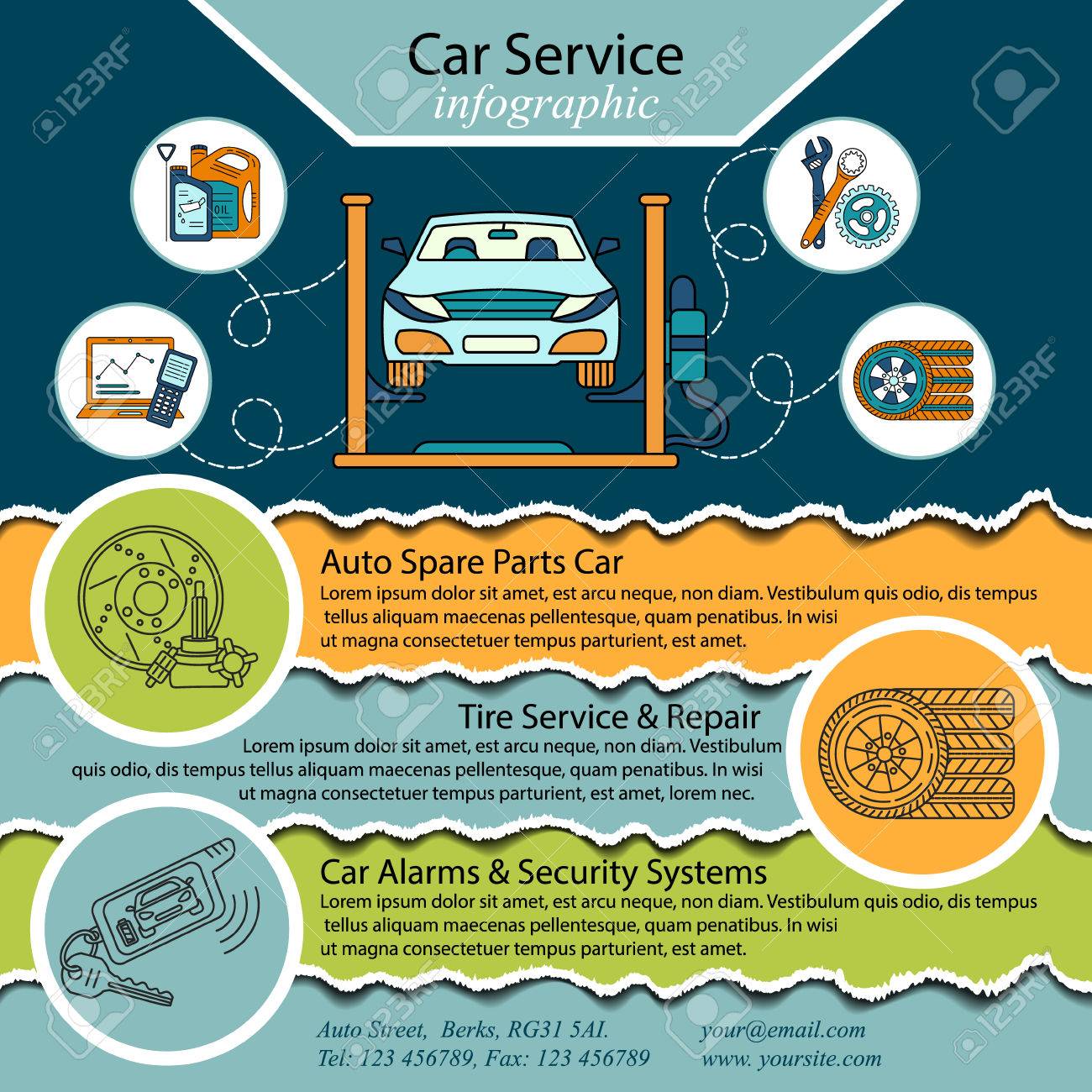Recognizing Your Vehicle'S Caution Lights: What Do They Really Mean?
Recognizing Your Vehicle'S Caution Lights: What Do They Really Mean?
Blog Article
Material By-Sykes Torres
When you're behind the wheel, those beautiful warning lights on your control panel can be a little bit perplexing. Do you recognize what they're attempting to tell you regarding your automobile's wellness? Comprehending the significance of these lights is essential for your safety and security and the long life of your lorry. So, the following time one of those lights pops up, wouldn't you want to understand its message accurately and take the essential actions to resolve it?
Common Warning Lights and Interpretations
Determine common warning lights in your auto and comprehend their definitions to guarantee safe driving.
The most normal caution lights include the check engine light, which indicates problems with the engine or exhausts system. If this light begins, it's important to have your car examined without delay.
The oil stress alerting light suggests low oil pressure, needing prompt focus to prevent engine damages.
A flashing battery light may recommend a defective charging system, potentially leaving you stranded if not resolved.
The tire stress surveillance system (TPMS) light informs you to low tire stress, affecting automobile stability and gas efficiency. Neglecting this can result in harmful driving problems.
The abdominal light indicates a trouble with the anti-lock braking system, endangering your capability to quit swiftly in emergencies.
Last but not least, the coolant temperature level cautioning light warns of engine overheating, which can lead to severe damage otherwise fixed swiftly.
Understanding these usual caution lights will aid you deal with problems immediately and preserve risk-free driving problems.
Value of Prompt Interest
Understanding the typical warning lights in your auto is only the very first step; the relevance of promptly addressing these warnings can not be highlighted enough to ensure your safety when driving.
When a warning light illuminates on your control panel, it's your car's way of interacting a potential problem that needs focus. Disregarding these warnings can bring about extra serious troubles down the road, jeopardizing your safety and security and possibly costing you extra in repairs.
Trigger interest to alerting lights can stop malfunctions and accidents. For instance, a blinking check engine light can show a misfire that, if left unattended, can cause damages to the catalytic converter. Addressing this immediately can conserve you from a costly fixing.
In https://www.witn.com/2022/06/16/police-believe-disgruntled-customer-set-fire-kinston-auto-repair-shop/ , a brake system advising light could signal reduced brake liquid or worn brake pads, crucial components for your safety when driving.
Do It Yourself Troubleshooting Tips
If you observe a warning light on your control panel, there are a couple of DIY repairing ideas you can try before seeking professional aid.
linked here is to consult your cars and truck's manual to comprehend what the details warning light suggests. Often the problem can be as straightforward as a loosened gas cap setting off the check engine light. Tightening the gas cap may deal with the problem.
An additional common issue is a low battery, which can activate different advising lights. Inspecting the battery connections for rust and guaranteeing they're safe and secure might deal with the trouble.
If a warning light continues, you can try resetting it by detaching the cars and truck's battery for a few minutes and then reconnecting it. Furthermore, examining your automobile's liquid levels, such as oil, coolant, and brake liquid, can help troubleshoot warning lights associated with these systems.
Conclusion
To conclude, comprehending your cars and truck's warning lights is necessary for maintaining your car running smoothly and safely. By quickly attending to these alerts and understanding what they suggest, you can stay clear of expensive repairs and possible malfunctions.
Bear in mind to consult your automobile's guidebook for specific details on each alerting light and act as necessary to ensure a hassle-free driving experience.
Stay informed, stay risk-free when driving!
